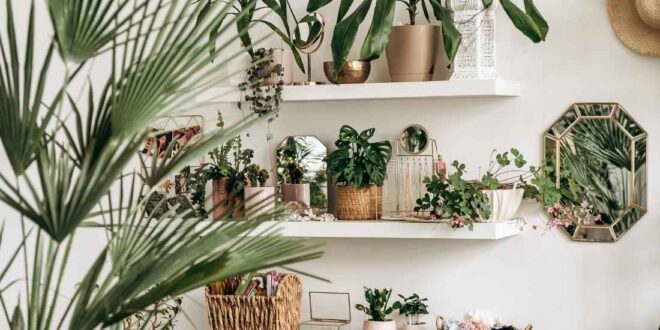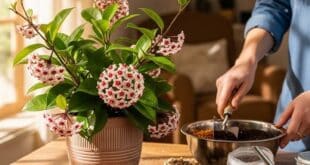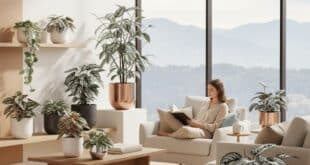If you’re looking to brighten up your home or office with greenery but lack the time for intensive plant care, you’re in luck. There are numerous indoor plants that thrive with minimal attention. Each plant has its ideal living environment, and when these conditions are met, your plants will flourish. Let’s explore the top 15 best indoor plants and learn how to care for them effectively.
Succulents
Overview
Succulents are among the best indoor plants for those seeking low-maintenance options. Known for their ability to store water in their leaves, they require minimal watering. These plants are perfect for busy individuals or those new to plant care. Their thick, fleshy leaves come in various shapes and colors, adding visual interest to any space.
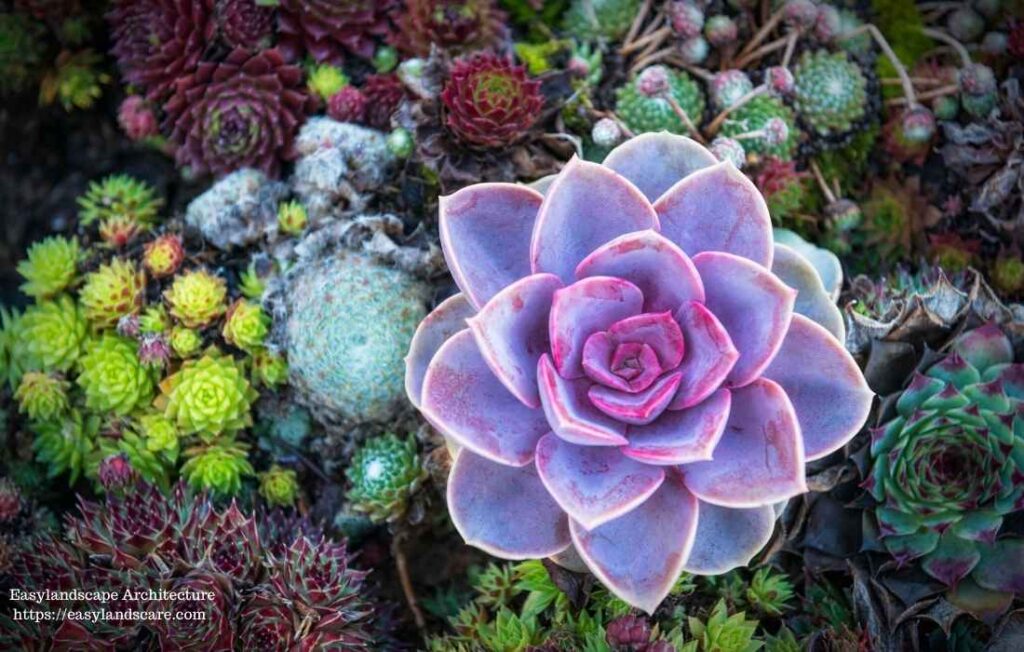
Care Tips
Ensure they are planted in well-draining soil and receive ample sunlight. While they are drought-tolerant, it’s important not to let them go too long without water. Water them thoroughly but infrequently, allowing the soil to dry out between waterings. Popular varieties include Echeveria, Aloe Vera, and Crassula (Jade Plant).
Zamioculcas (ZZ Plant)
Overview
The ZZ plant is incredibly resilient, making it one of the best indoor plants for beginners. It thrives in low-light conditions and requires infrequent watering. Its dark green, glossy leaves not only add aesthetic appeal but also help purify the air, making it a great addition to any room.
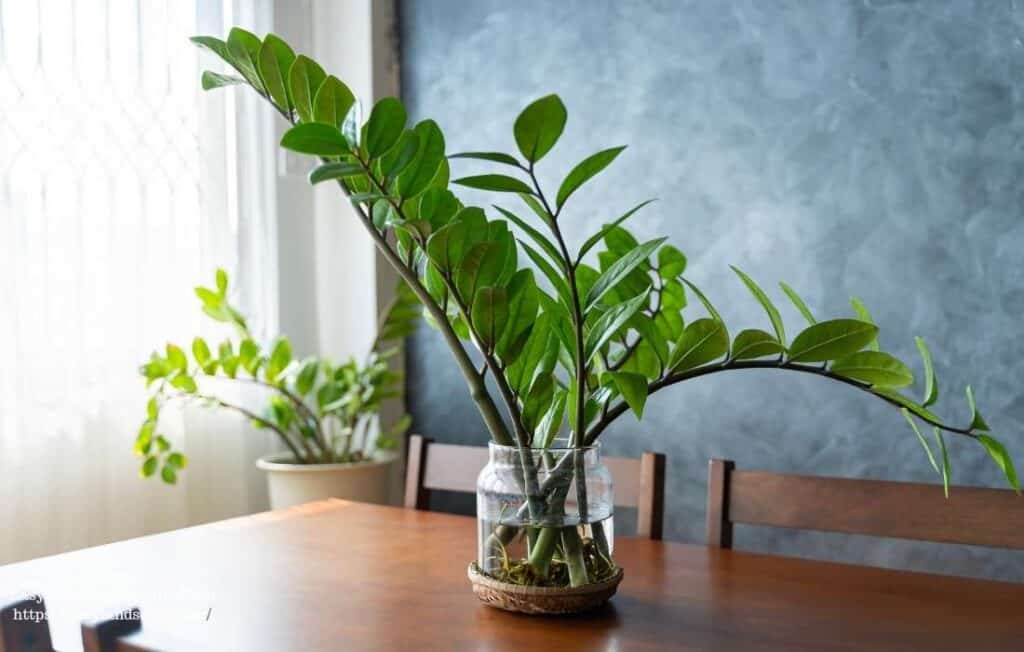
Care Tips
This plant can tolerate neglect, so it’s perfect for those who might forget to water regularly. Plant it in well-draining soil and avoid overwatering, as this can lead to root rot. The ZZ plant’s ability to survive in varying light conditions makes it versatile for different indoor environments.
Snake Plant (Sansevieria)
Overview
Snake plants are known for their striking, upright leaves that add a modern touch to any decor. They are drought-tolerant and can survive in low-light environments, making them one of the best indoor plants for busy individuals. Their unique appearance and air-purifying qualities make them a popular choice.
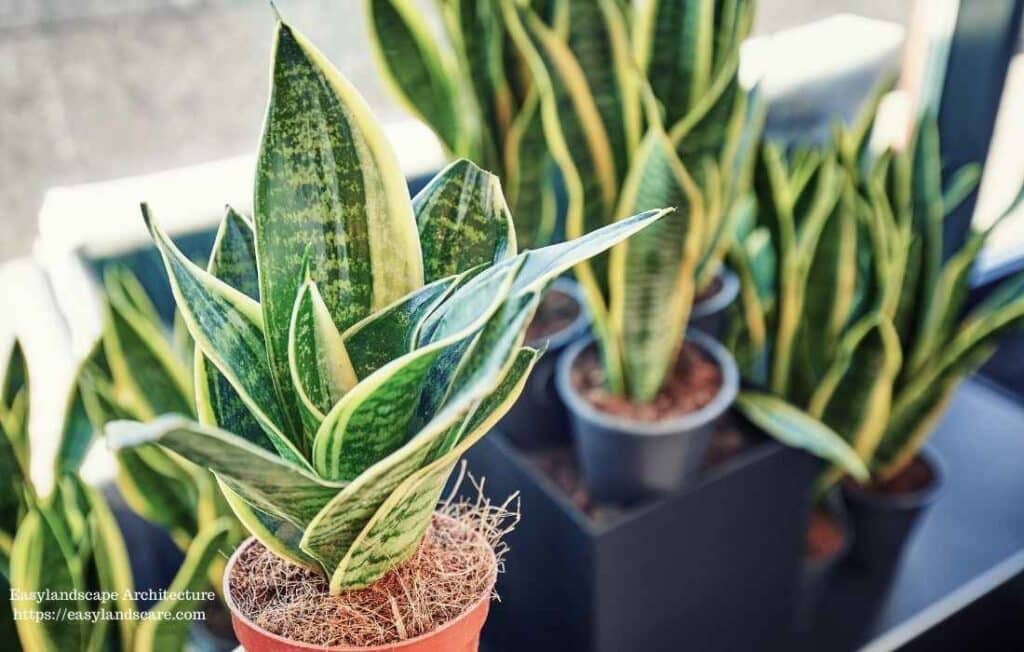
Care Tips
Water them sparingly and ensure good air circulation to keep the leaves standing tall. They thrive in indirect sunlight but can adapt to lower light levels. Allow the soil to dry out completely between waterings to prevent root rot. Their hardy nature makes them ideal for beginners.
Peace Lily
Overview
Peace lilies are admired for their elegant white blooms and lush green foliage. They thrive in low to medium light and require regular watering, making them one of the best indoor plants for adding a touch of tranquility to your space. Their ability to purify the air is an added benefit.
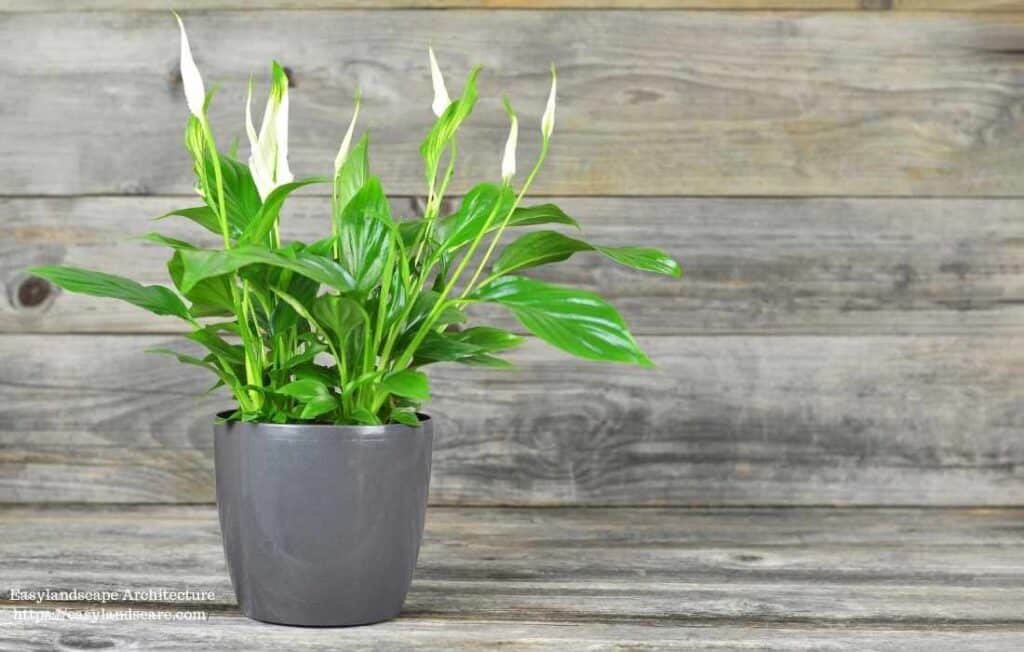
Care Tips
Keep the soil consistently moist but not waterlogged. Peace lilies prefer indirect light and will wilt if exposed to direct sunlight. Regularly mist the leaves to maintain humidity levels. Remove spent blooms to encourage new growth and keep the plant looking its best.
Ficus Elastica (Rubber Plant)
Overview
The rubber plant is easy to care for and adapts well to various environments. Its thick, glossy leaves make it a popular choice for indoor spaces. Known for its resilience, the rubber plant can grow quite large, making it a striking focal point in any room.
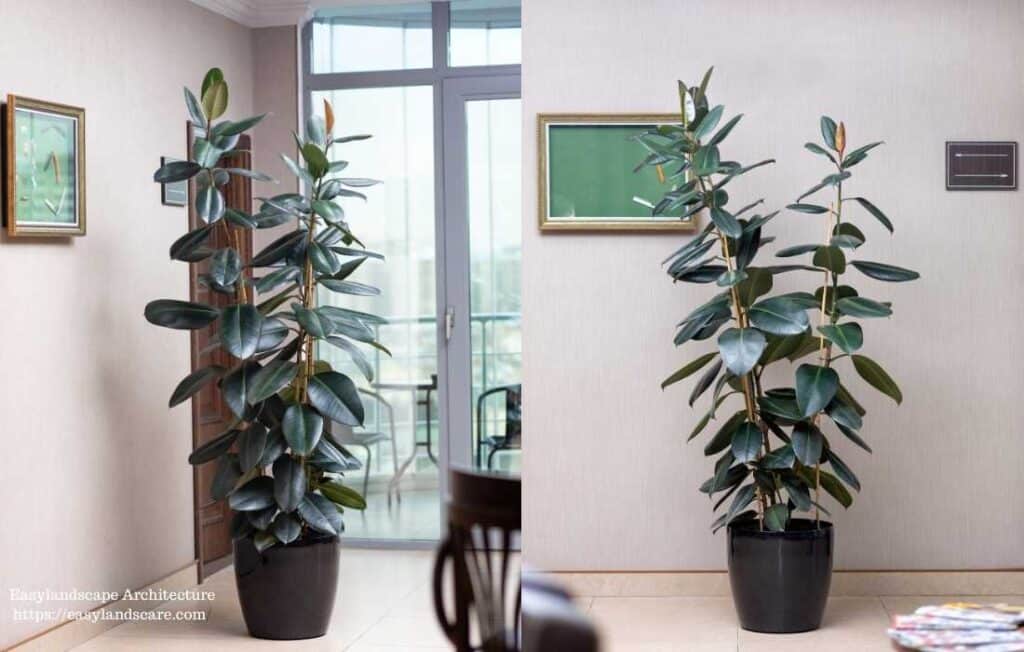
Care Tips
Provide it with bright, indirect sunlight and water once a week. Ensure the soil is well-draining to prevent root rot. Dust the leaves regularly to keep them shiny and free of debris. Prune as needed to maintain its shape and encourage bushier growth.
Spider Plant
Overview
Spider plants are perfect for hanging baskets, with their arching leaves and small plantlets. They thrive in indirect light and prefer slightly moist soil. Their ability to produce “babies” makes them fun to propagate and share with friends.
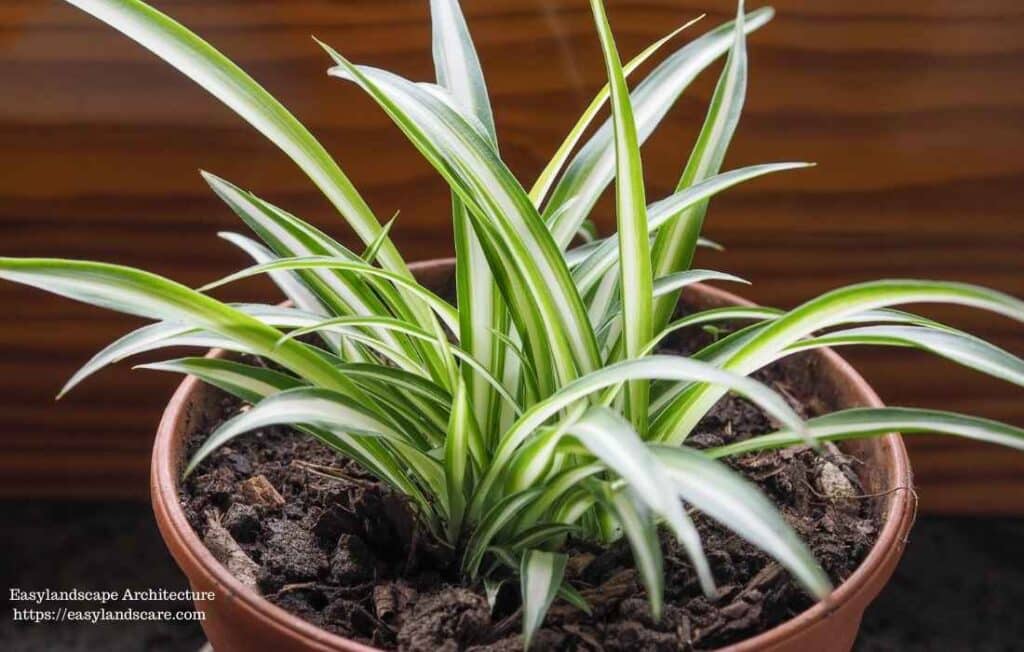
Care Tips
Allow the soil to dry out slightly between waterings. Spider plants are forgiving and can tolerate occasional neglect. They are excellent air purifiers, removing toxins from the environment. Trim brown tips to keep the plant looking fresh and healthy.
Pothos
Overview
Pothos are versatile and can grow in various lighting conditions. They are forgiving of neglect, making them one of the best indoor plants for busy individuals. With their trailing vines, pothos add a lush, tropical feel to any space.
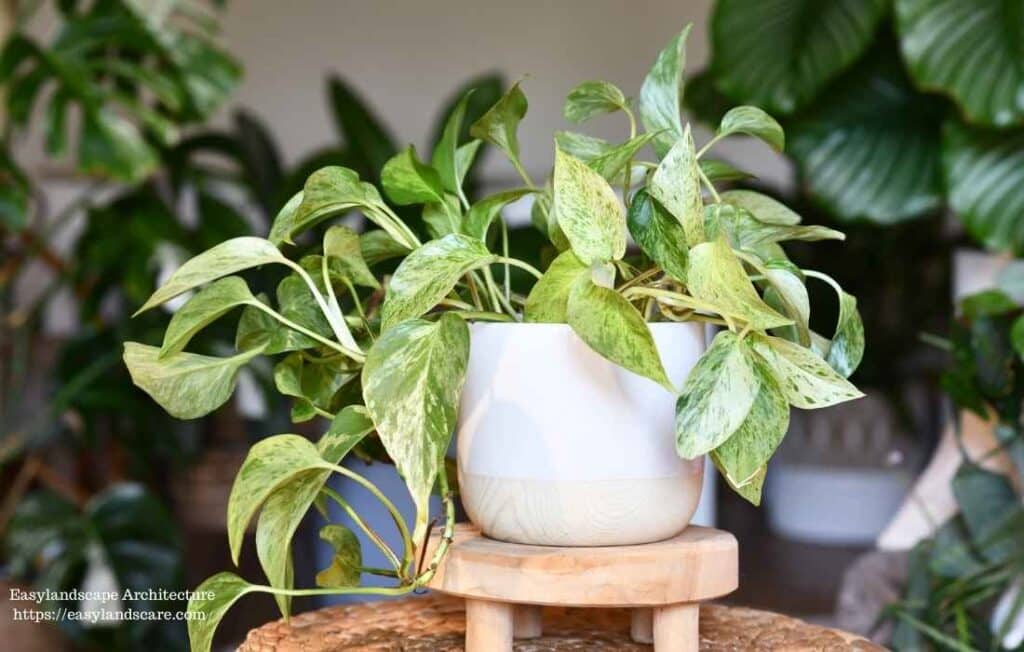
Care Tips
Water when the soil feels dry to the touch. Pothos thrive in indirect light but can adapt to lower light levels. Fertilize monthly during the growing season to encourage vigorous growth. Prune regularly to maintain desired length and shape.
Anthurium
Overview
Anthuriums are known for their vibrant red flowers and glossy leaves. They prefer bright, indirect light and consistent moisture. These plants add a splash of color to any room and make a bold statement with their unique blooms.
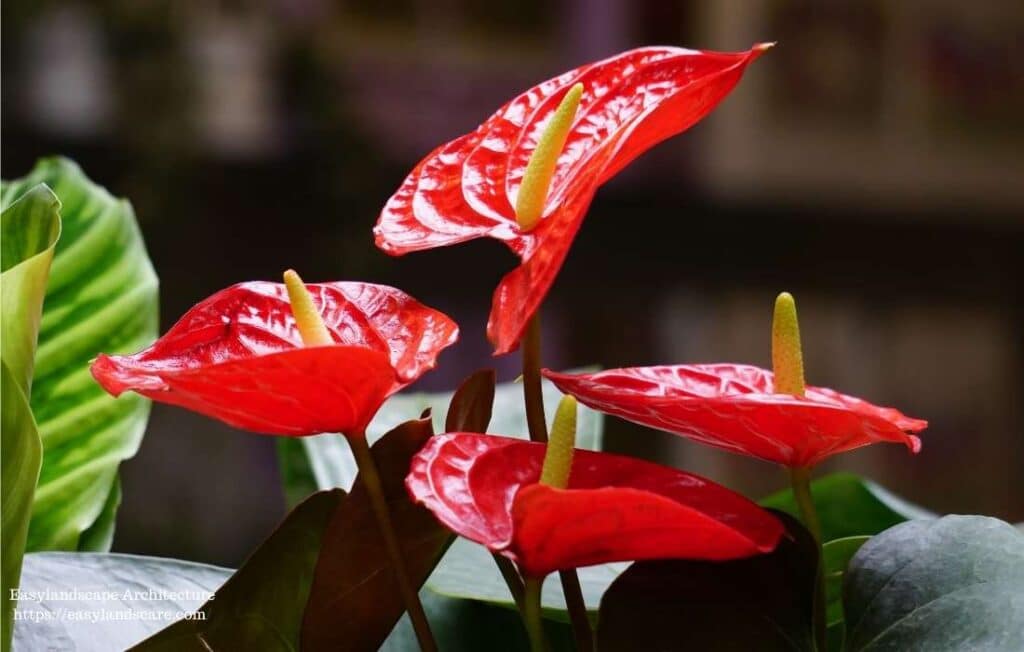
Care Tips
Keep the soil moist but not soggy. Anthuriums thrive in humid environments, so mist the leaves regularly. Avoid direct sunlight, which can scorch the leaves. Fertilize every few months to promote flowering and healthy growth.
Boston Fern
Overview
Boston ferns bring a lush, tropical feel to your home. They thrive in humid environments with indirect light. Their feathery fronds add a touch of elegance and softness to any decor, making them a favorite among plant enthusiasts.
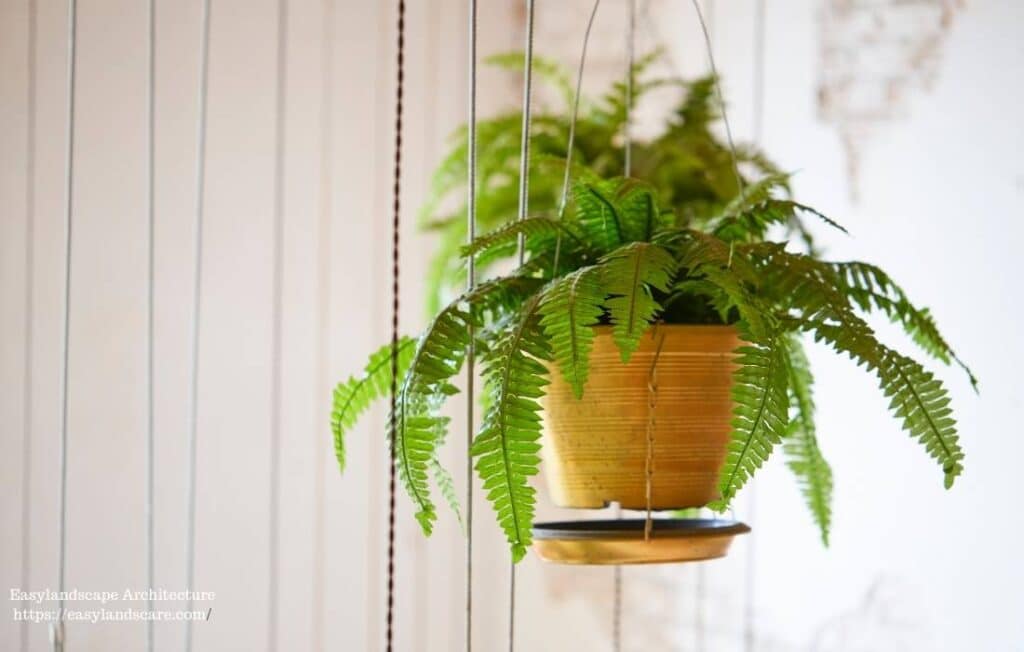
Care Tips
Keep the soil consistently moist and mist the leaves regularly to maintain humidity. Boston ferns prefer cooler temperatures and indirect light. Trim any brown or dead fronds to encourage new growth and maintain a tidy appearance.
Monstera Deliciosa
Overview
The Monstera, or Swiss Cheese Plant, is famous for its large, perforated leaves. It prefers bright, indirect light and moderate watering. Its dramatic foliage makes it a standout choice for those looking to make a bold statement with their indoor greenery.
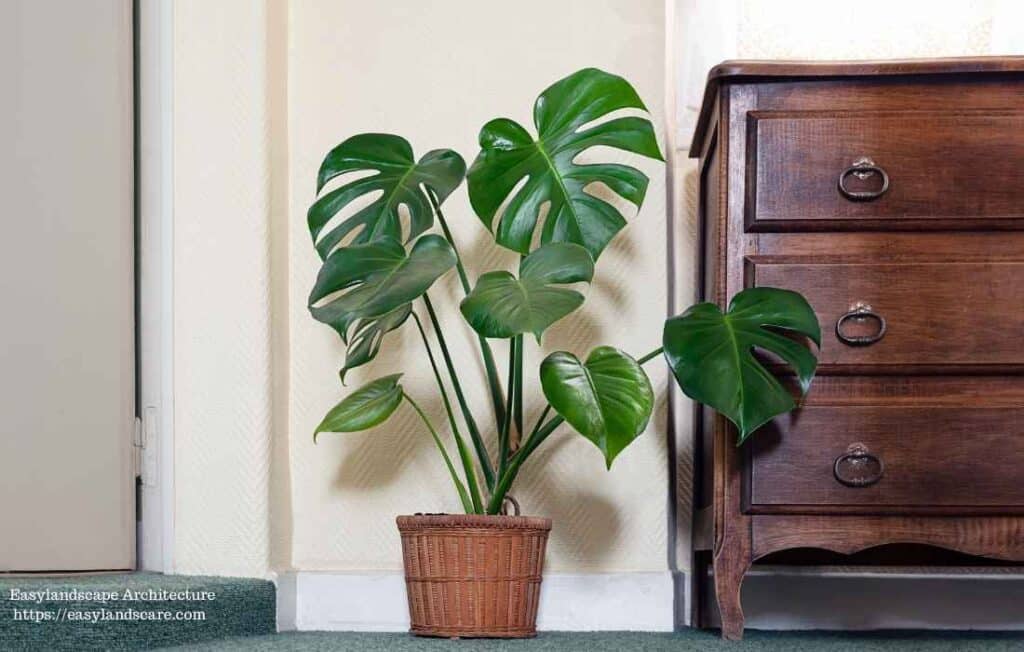
Care Tips
Water when the top inch of soil feels dry. Monstera plants thrive in humid conditions, so consider misting the leaves. Provide a support structure for climbing as the plant grows. Prune as needed to control size and shape.
Bamboo Palm
Overview
Bamboo palms are great for low-light spaces and help improve air quality. They add a tropical touch with their feathery fronds and are perfect for creating a serene atmosphere indoors.
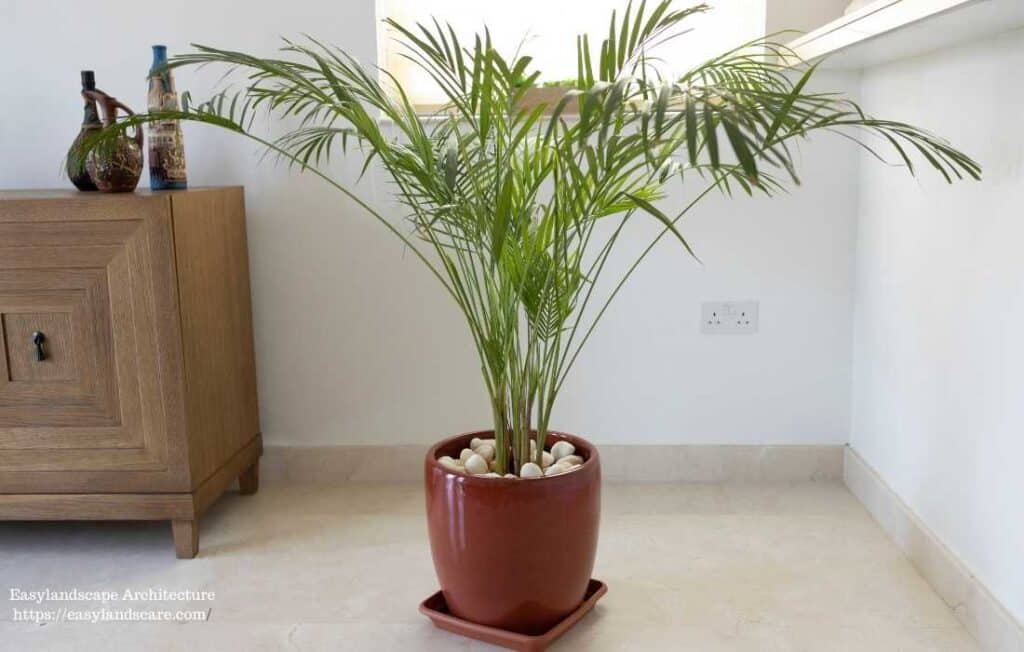
Care Tips
Water regularly to keep the soil evenly moist. Bamboo palms prefer indirect light and can tolerate lower light levels. Fertilize during the growing season to promote healthy growth. Prune any yellowing fronds to maintain a fresh appearance.
Strelitzia (Bird of Paradise)
Overview
Strelitzia is admired for its large, exotic leaves and vibrant blooms resembling a bird in flight. It prefers bright light and regular watering, making it one of the best indoor plants for adding a tropical vibe to your space.
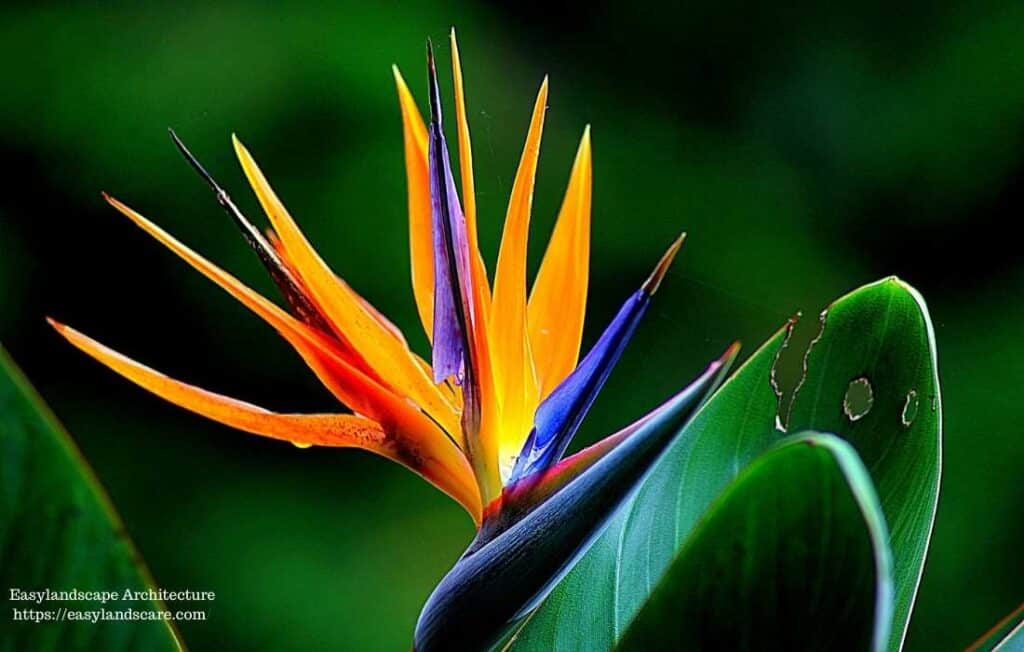
Care Tips
Provide bright, indirect sunlight and water when the soil feels dry. Strelitzia thrives in well-draining soil and benefits from occasional misting to increase humidity. Fertilize during the growing season to encourage blooming.
Jade Plant
Overview
Jade plants are a type of succulent with thick, fleshy leaves. They require minimal watering and thrive in bright light. Their compact size makes them ideal for small spaces, and they are often considered symbols of good luck.
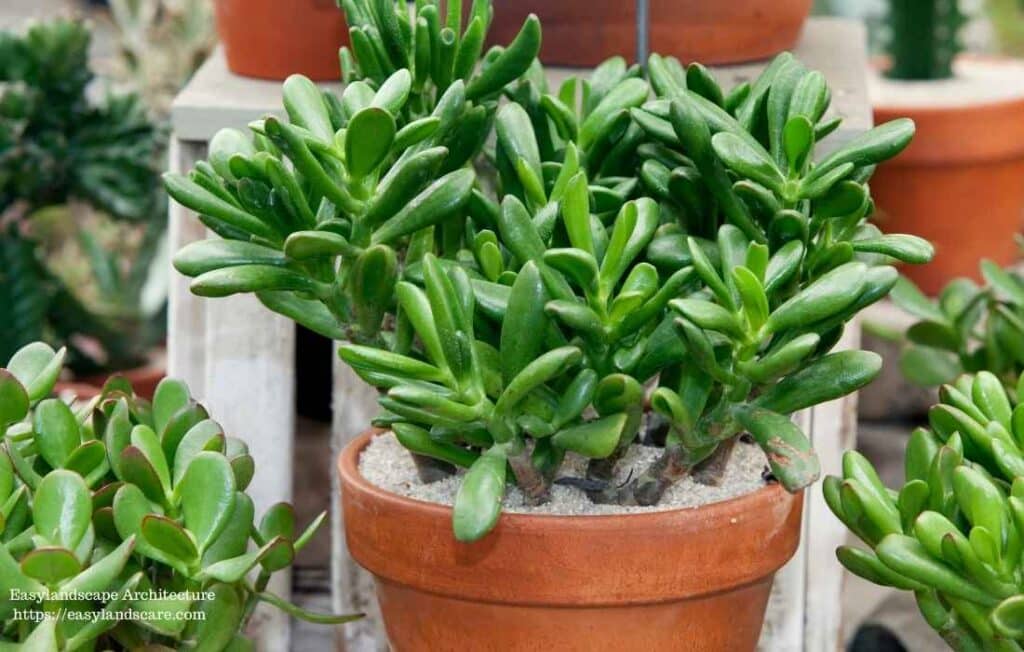
Care Tips
Allow the soil to dry out completely between waterings. Jade plants prefer bright, indirect sunlight and well-draining soil. Prune to maintain shape and remove any dead leaves. Avoid overwatering to prevent root rot.
Kalanchoe
Overview
Kalanchoe is a flowering succulent that blooms in vibrant colors. It requires bright light and occasional watering. This plant is perfect for adding a pop of color indoors and is a favorite for its long-lasting blooms.
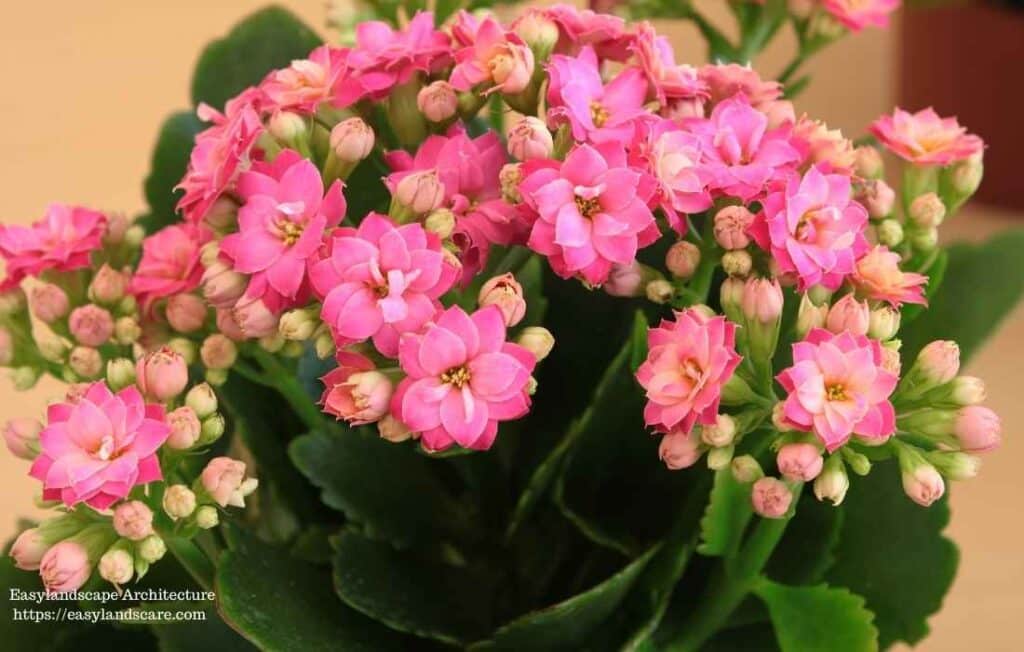
Care Tips
Provide bright, indirect sunlight and water when the soil is dry. Kalanchoe prefers well-draining soil and benefits from occasional fertilization during the growing season. Deadhead spent flowers to encourage new blooms.
Aloe Vera
Overview
Aloe Vera is known for its medicinal properties and easy care. It thrives in bright light and needs infrequent watering. Its thick leaves store water, making it drought-resistant and perfect for busy individuals.
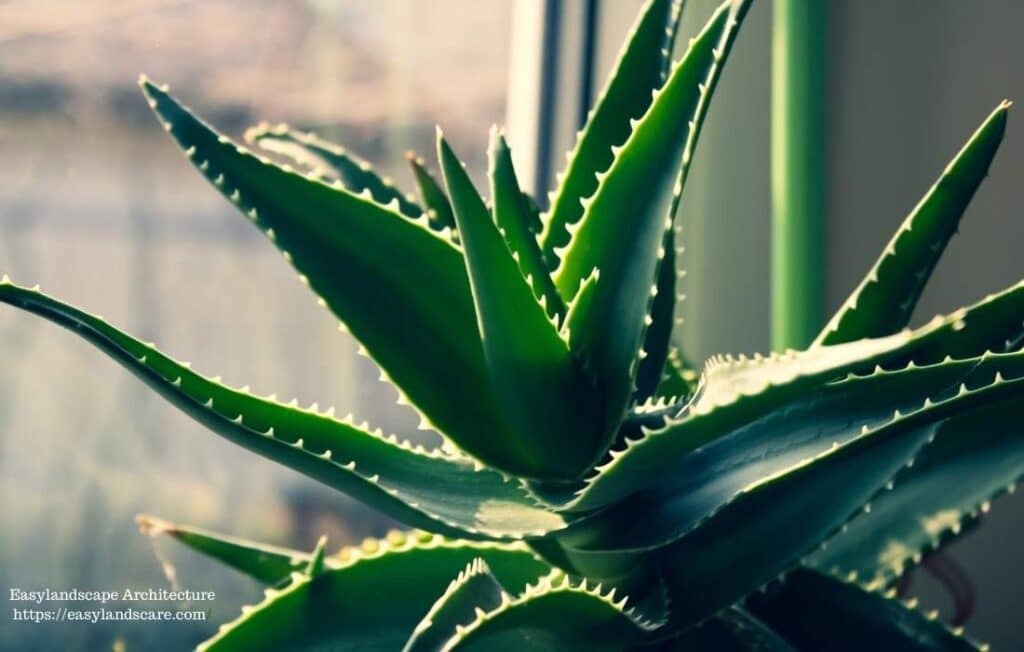
Care Tips
Plant in well-draining soil and allow the soil to dry out between waterings. Aloe Vera prefers bright, indirect sunlight. Avoid overwatering, which can lead to root rot. Harvest leaves as needed for their soothing gel.
By choosing the best indoor plants that suit your lifestyle and environment, you can enjoy the beauty and benefits of greenery with minimal effort. Each of these plants offers unique qualities and care requirements, making them perfect for enhancing your indoor spaces.

